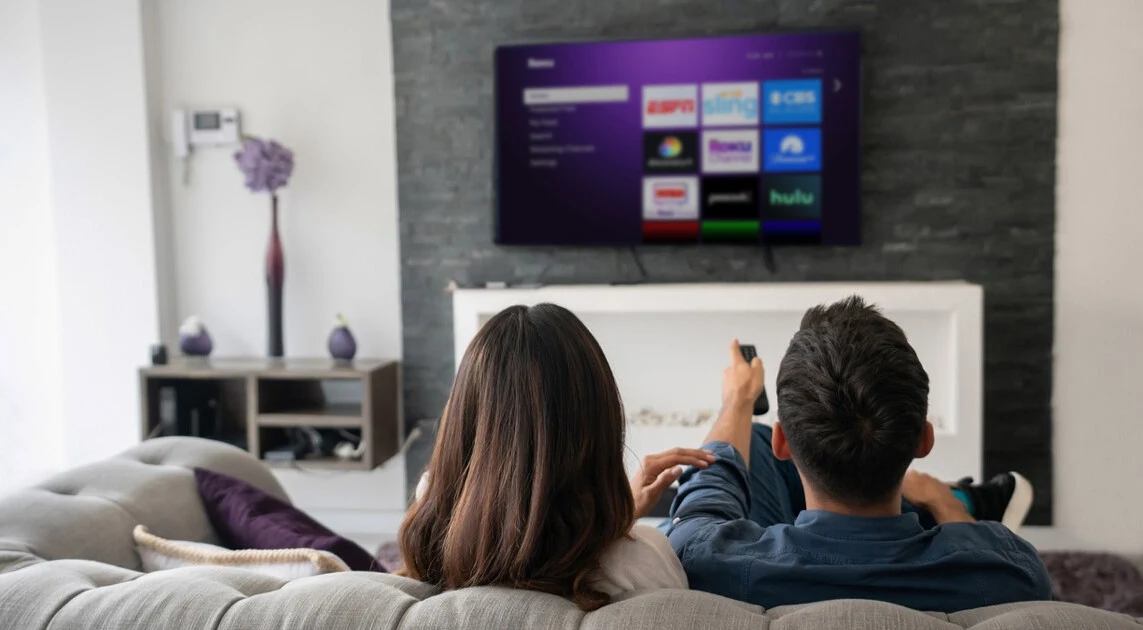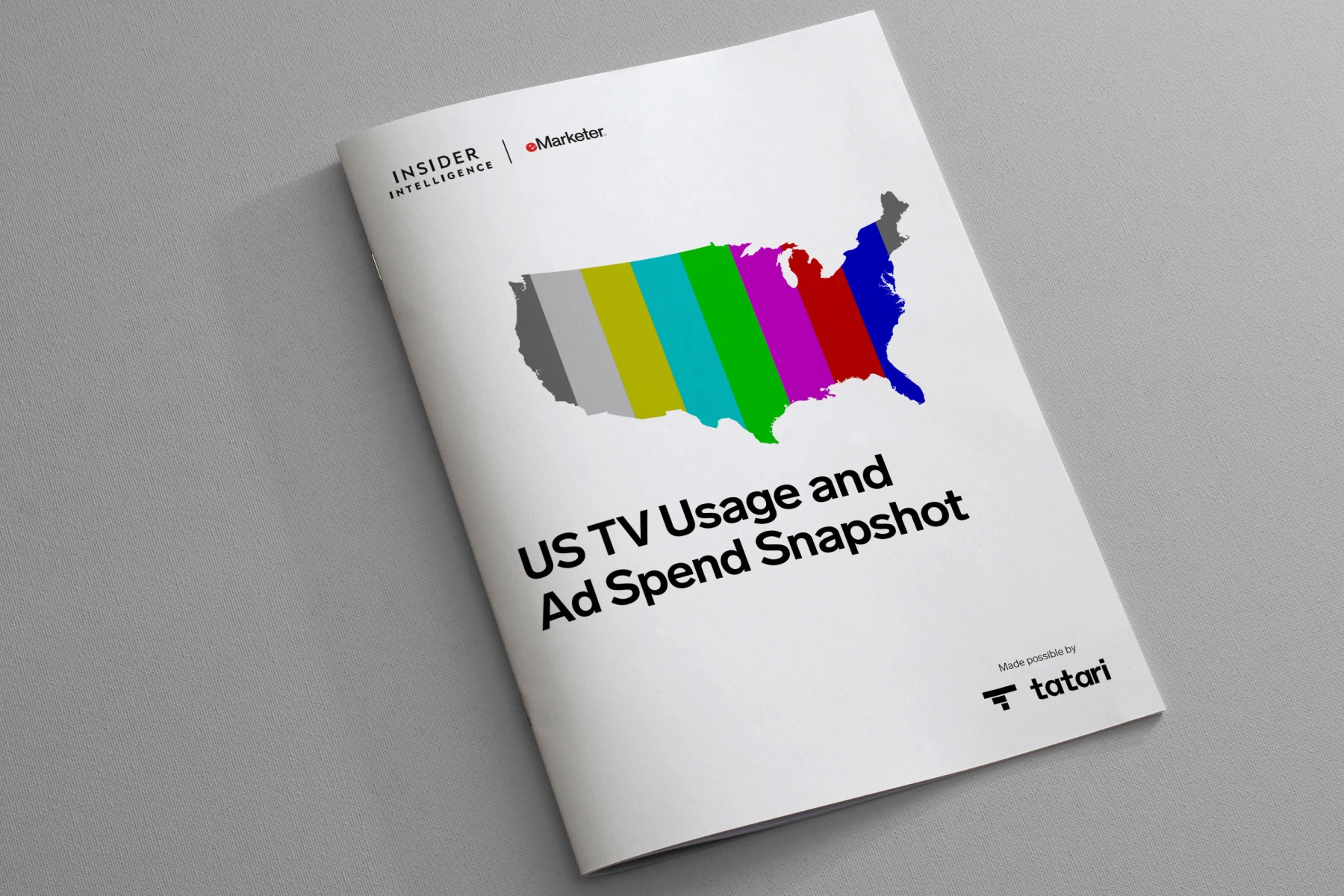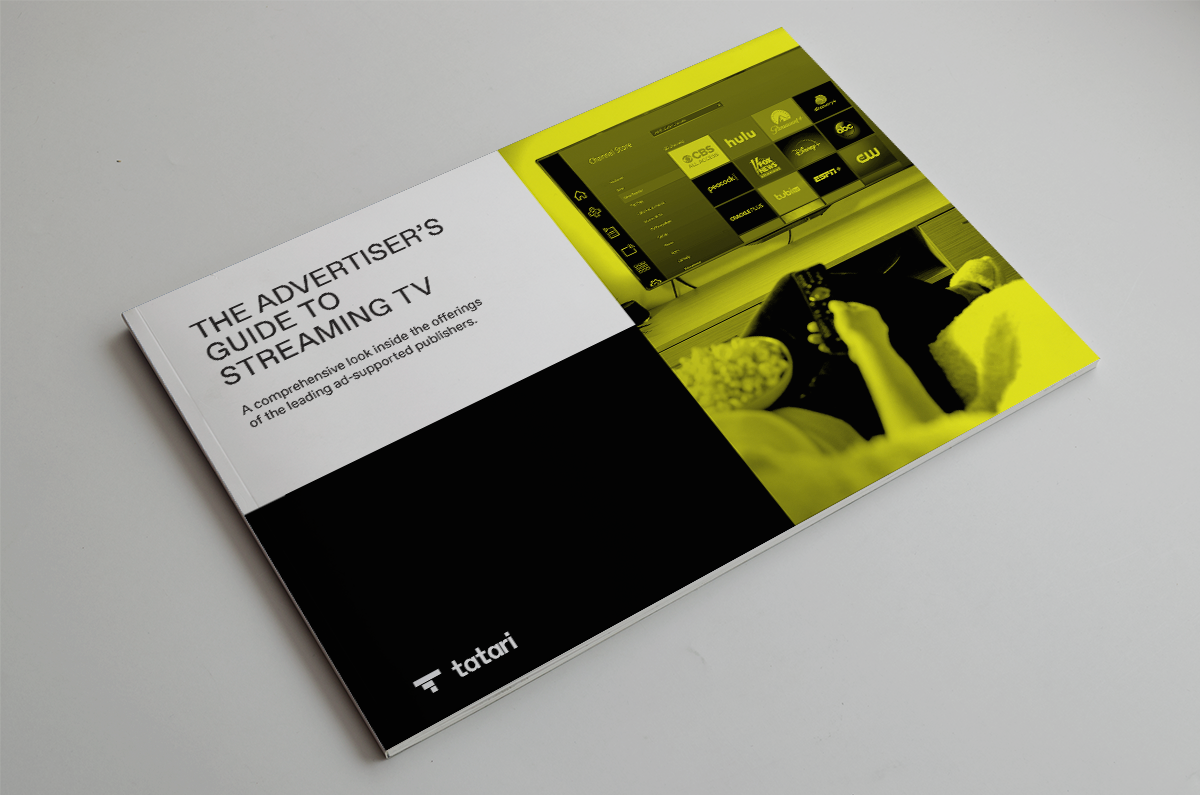
Data Science Deep-Dive: Frequency Optimization Analysis Improves Client Campaign Efficiency
Conversions, sales, and ROI: the “north star” metrics for nearly all performance-driven marketing campaigns. But equally important is the need to ensure that media spend is not being lost to wasted impressions. Unfortunately, in the TV space, this isn’t always a straightforward task. This brings us to the topic of ad frequency.
Here at Tatari, we use IP-level and device graph insights to help advertisers determine the optimal ad frequency for their TV campaigns. We factor in response rate, conversion rate, and measure the impact these frequency optimizations have on overall campaign performance. Simply put, we help ensure that you’re showing your ad the right amount of times, to the right people.
Let’s take a look at a recent initiative that Tatari undertook on behalf of a DTC Health Tech client.
Background: Our Client Has Questions
Streaming is the focal point of our client’s TV budget, as they focus their efforts on DMA-targeted campaigns with a leading streaming publisher.
Ad spend on streaming TV is on the rise with more consumers cutting the cord in favor of ad-supported and subscription-based services. And while streaming TV boasts many benefits to advertisers—such as innovative ad products and advanced targeting capabilities—a major drawback comes in the form of frequency concerns. Despite many of the leading services implementing frequency caps, there is still room for improvement.
With this in mind, our client wanted to see if its valuable streaming impressions were being wasted as a result of ads being shown to the same group of people, too many times. To answer this question, they approached Tatari to help identify:
The optimal ad frequency for driving responses and conversions
If these optimal frequency caps had a positive impact on campaign reach and acquisition costs
Tatari’s Approach: Net Funnel Efficiency
The first metric we analyzed was response rate; looking at a trended view of how this metric changes the more an ad is served to a viewer over a seven-day window.
As we see above, the likelihood of a viewer responding to an ad is nearly 50% lower on the second impression compared to the first, and nearly 100% lower on the fifth impression. In other words, the response rate falls substantially after the first impression.
But there is more to the story.
Through further analysis, we discovered that our client’s conversion rate was optimized at a higher frequency.
Of course, this begs the question: how can we account for both response rate and conversion rate? That’s where Net Funnel Efficiency comes into play.
Net Funnel Efficiency (NFE) is a straightforward calculation that multiplies response rate and conversion rate. By taking both of these lower-funnel factors into consideration, we are ultimately able to identify the maximum weekly and daily frequency caps that should be put in place.
In this case, based on NFE data, we found the company’s optimal weekly frequency cap to be either three or six airings.
This discovery led us to our next question: does it make sense to implement a secondary daily frequency cap? More specifically, what happens if all 3 or 6 impressions occur in one day? To answer this question, we analyzed one-day NFE data.
Based on one-day NFE data, we see a much steeper drop in efficiency after the first impression in a given day. Therefore, we decided to implement a 1x per day secondary frequency cap for our client.
Performance: The Power of Frequency Optimization
Now for the big question: how did these frequency optimizations impact campaign performance—specifically related to acquisition costs and overall reach. From a cost perspective, our client saw a 65% reduction in CPA after implementing the above-mentioned caps.
In addition, they saw the reach of their campaign increase by upwards of 95%, as they were able to spread their impressions (with the same budget!) across a wider audience as opposed to serving their ad to a smaller audience multiple times.
By implementing tighter frequency caps that were optimized for response and conversion rates, this DTC brand nearly doubled the reach of its campaign and reduced overall CPA. In short: a tremendous success.
Scaling into the Future
Based on the performance achieved through this frequency optimization exercise, our client has added this tactic as standard practice for their programmatic campaigns moving forward.
However, It’s important to note that while they have certainly benefited from this analysis - every brand is different. While the results that can be achieved through these calculations are significant, they also require a significant amount of time, effort, and resources. As such, Tatari currently recommends this path for advertisers committing upwards of $5 million to streaming advertising annually.
Want to learn more about the power of Tatari’s frequency optimization calculations and how they can deliver efficiency and performance for your brand? Let’s talk.

Nick Carlson
I’m a marketer who is fluent in movie quotes.
Related
How 6 Performance Driven Brands Use TV Throughout The Marketing Funnel
Tatari teamed up with Adweek to tell the story of 6 disruptor brands and how they have effectively used TV to achieve a wide range of KPIs across all stages of the marketing funnel.
Read more
eMarketer Snapshot: TV Advertising Trends in 2022
Download this exclusive new snapshot report for a granular look at the 2022 US TV landscape, which includes breakdowns of viewership, time spent, ad spend, and more across traditional TV, CTV, and over-the-top (OTT) video.
Read more
The Advertiser's Guide to Streaming TV
This white paper takes a granular look at some of the major ad-supported players. This includes a variety of details related to each streaming service’s audience, content, and advertising opportunities.
Read more


